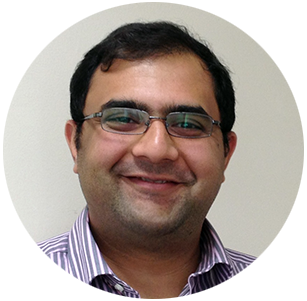 Part of the Oxford Instruments Group
Part of the Oxford Instruments Group
Expand
Collapse

Dr Ravi Sundaram
Head of Strategic R&D Markets, Oxford Instruments Plasma Technology
Semiconductor technology is becoming increasingly important in global healthcare enabling novel understanding, discovery and treatment of disease to make healthcare more affordable and efficient, both in and out of the clinic.
With the global healthcare industry being valued at US $1.65 trillion in 2016 and expected to reach US $2.69 trillion by 2025. It is an important and growing industry. Key drivers behind this ongoing market growth are growing and aging populations, over urbanization, rising disease prevalence all of which are putting further strain on our healthcare systems which are already grappling with issues relating to access, quality, and cost. Convergence of technology from the seemingly disparate fields of semiconductor device processing, life sciences are fast revolutionizing healthcare and medical research by enabling quick and accurate diagnosis. This in turn is increasing the speed and efficiency of treatment for various conditions as well as biomedical research and development.
A key requirement of microfluidics fabrication for biomedical devices is the ability to control surface properties after the creation of channels. In this paper we will overview processing solutions for hydrophobic and hydrophilic surface creation which is critical for both active functions of the device as well as for post processing challenges such as bonding, sealing and de-scum.